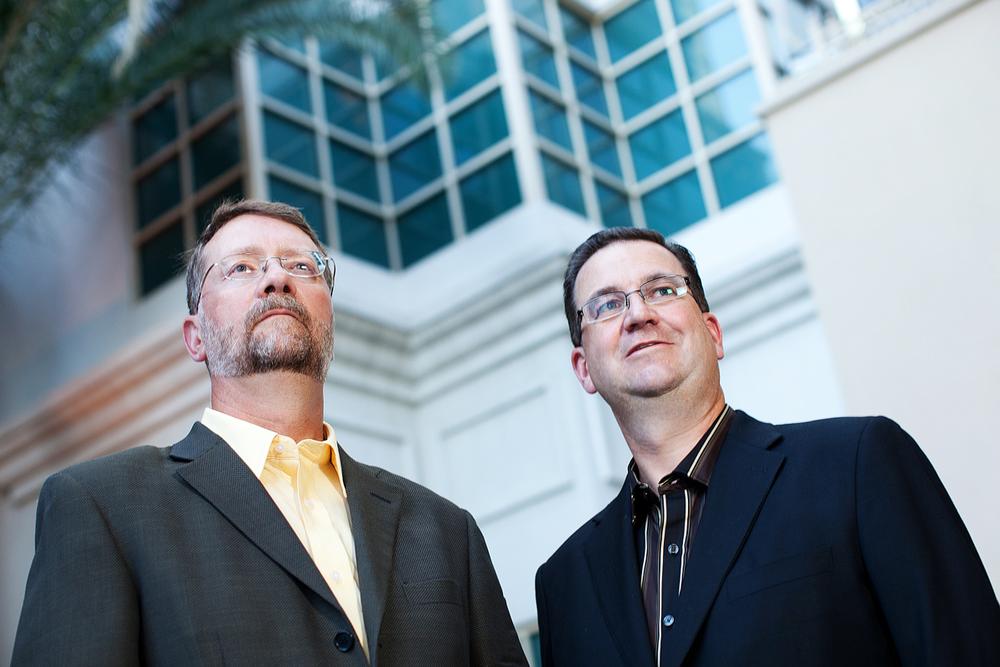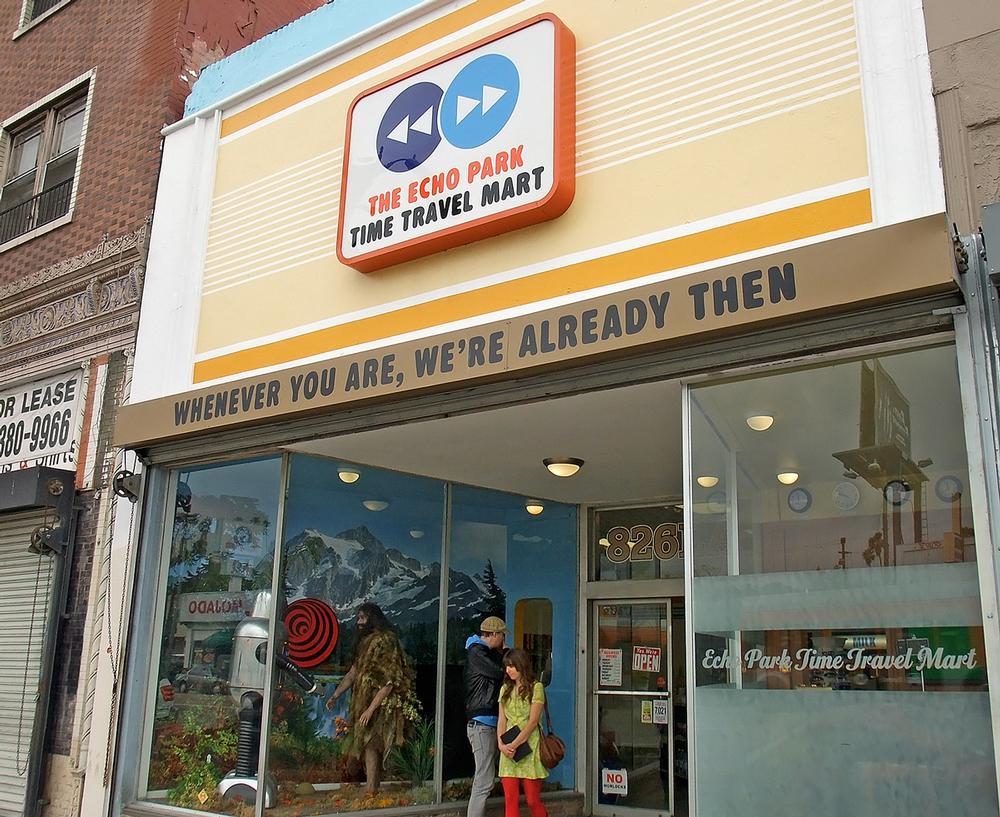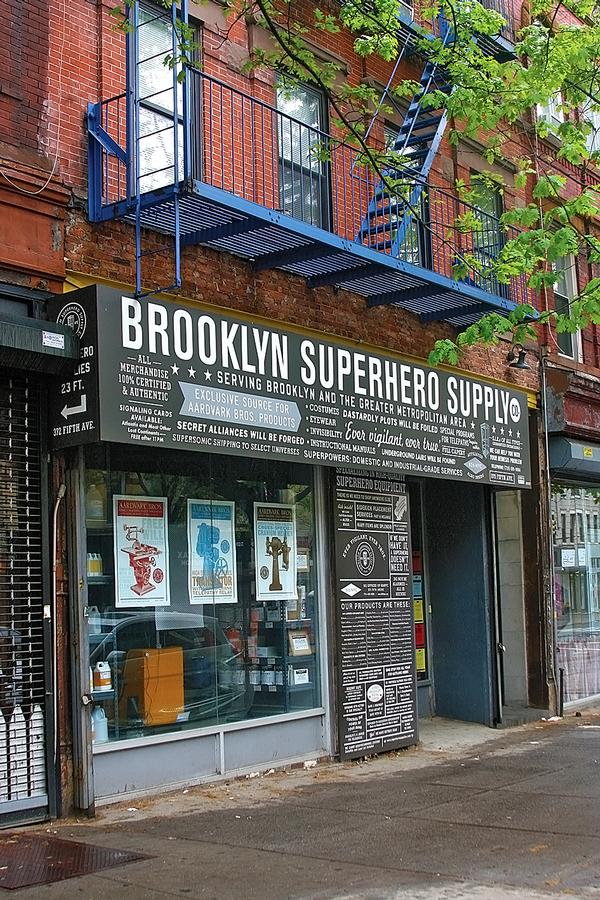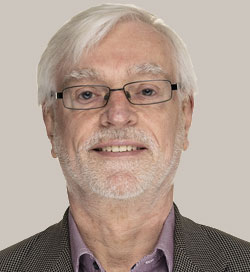It’s been almost 15 years since authors and business partners Joe Pine and Jim Gilmore penned the title The Experience Economy – Work is Theatre and Every Business a Stage, and in doing so defined a new economic phenomenon.
At that time, in the late 90s, themed restaurants and giant amusement parks might have been the most popular ‘experiences’ being sold to the public. However, Pine and Gilmore were able to cut through the layers to identify and articulate a trend that has today become embedded across many sectors – from computer companies like Apple and Dell to coffee chains like Starbucks, as well as individual entrepreneurs.
Pine says: “When we wrote the book in 1999, we talked about it as the nascent experience economy – we couldn’t quite say it was actually here, but you could see all the elements. It was growing faster than the agrarian, industrial and service economies and was going to overshadow them. Now we can say it is here: [in Western markets] it’s the predominant source of GDP growth and job creation and the primary economic offering.”
Pine and Gilmore’s first collaborative work has since been translated into 16 different languages. In 2011, the edition was updated to reflect the new influences from technology and social media, and draw on many more examples of what customers now consider an ‘experience’ – and how businesses go about creating them.
Time as currency
The main premise of the Pine and Gilmore philosophy is that “goods and services are no longer enough”, and that all businesses must learn to “orchestrate memorable events for their customers that engage each one of them in an inherently personal way”.
Gilmore adds: “Services are delivered on demand and are transactional, while experiences are staged over a duration of time. With services, people want to spend less time with you – they want to get out of the dry cleaners, the car wash or the grocery store as fast as they can. But for experiences, time is really the currency – it’s all about how customers can spend more time with you.”
A hotel, for example, can either be an experience or just a service, depending on how it’s offered to customers – and how they perceive it. Are guests paying for the time they spend in the hotel, or merely for a bundle of activities to be performed? Do they pay a room rate for the services or a day rate for an experience? Similarly with a gym, are members getting in, working out and leaving as quickly as possible, or are they relaxing and spending time in what they feel to be their ‘club’ – their third place?
Theory into practice
The partnership between Pine and Gilmore has clearly stood the test of time, and renews itself with new ideas and vigour each year. The pair first communicated when Pine published his book, Mass Customization, in 1992 and Gilmore wrote him a letter about it. “My first thought was, oh shoot, someone has gone and written the book!” says Gilmore. When Pine left his job at IBM six months later, he ended up being engaged as a consultant by Gilmore, who has a background in logistics consulting. By 1996, the pair had formed a partnership and were writing The Experience Economy.
But Pine and Gilmore are far from being academic theorisers. They’ve spent the past decade and a half of their business partnership working with companies across North America, and increasingly across the world, advising them on how to apply a range of principles to stage engaging experiences.
Under their consultancy brand, Strategic Horizons LLP, they undertake speaking engagements, offer workshops, run a global certification programme, create ‘learning excursions’ for individual companies, and lecture at colleges and universities. Their flagship product is the annual thinkAbout event, which takes place in a different city each year and which is personally designed by Pine and Gilmore to bring delegates a highly interactive, immersive and thought-provoking two-day tour round the ‘Experience Economy’ of a chosen city.
Since its inaugural event in Gilmore’s hometown of Cleveland, Ohio, in 1998, thinkAbout has taken followers of the Experience Economy to such places as Hollywood, Las Vegas, Baltimore and Nashville. Last year the event – which also names the top 10 experiences of the year in the US, and gives the top one the ‘Experience Stager of the Year’ (EXPY) award – was in San Francisco, while at last month’s event delegates explored the streets of Washington DC in pursuit of experiences par excellence.
Distilling the essence
The pair maintain that theming is still a key part of staging an experience today, but it now has to be much more subtle – even subliminal. As Gilmore says: “What’s lacking in many of today’s environments is an organising principle. The theme is the essence of an experience – and if you have to tell people what it is, then it’s not a very sophisticated theme.
“Every time Francis Ford Coppola shot a movie, he always had a single word he’d refer to. Whether it was deciding on what kind of raincoat or wine to use in a scene, he’d go back to that single word, which represented the essence of the film.”
To show this perfectly applied in a business setting, Pine and Gilmore use the example of Joie de Vivre Hotels and the company’s founder Chip Conley – a past recipient of a Strategic Horizons’ EXPY award.
In the late 80s, Conley bought a rundown motel called the Phoenix in San Francisco’s Tenderloin district, and decided to theme it around Rolling Stone magazine. But instead of being an overt homage to what many considered a bible of rock music, Conley went through past magazines and extracted five principles that he believed summed up the essence of the publication.
Pine says: “Those principles were adventurous, hip, funky, irreverent and young-at-heart. Conley felt, if he could capture the sense of the magazine in this way, then every one who loved it would naturally love his hotel. And it worked. Without ever having to put an oversized rock guitar in the lobby, the Phoenix became THE place for rock bands to stay when they played San Francisco.”
Conley went on to create other venues, such as the Hotel Rex, themed around New Yorker magazine, and the Hotel Carlton, themed around National Geographic, and now has a large portfolio of chic boutique hotels, restaurants and spas around the US.
Creating a theme
Pine and Gilmore’s formula for creating memorable experiences revolves around their own THEME acronym:
Theme the experience – design around a dominant organising principle
Harmonise impressions with positive cues – intentionally create memories with signals from the space (set) or staff (ensemble)
Eliminate negative cues – remove whatever runs counter to the theme or desired impressions
Mix memorabilia – let guests attach memories to physical objects they actually use in the experience
Engage all five senses – richly stage all sensory phenomena
Out of these, says Gilmore, eliminating negative cues could be the most simple to address, yet is the most commonly overlooked. “Anything that doesn’t contribute to the theme is a negative cue. It might be something as simple as an overflowing waste paper basket, or a staff member who does not smile.”
As a model of good practice, Gilmore cites the example of the John Robert’s chain of hair salons in Ohio, US, which from its launch in the 90s was focused on creating a very personal guest experience. New customers are always given a white gown to wear, while regular customers are given black ones, enabling staff to tailor their handling and greeting of a client without that client ever knowing they’ve been signposted. Similarly, instead of the receptionist having to tell a stylist their next client has arrived within earshot of a current client – potentially creating the negative cue of making them feel rushed – the stylist is buzzed via a device hidden in their pocket.
Brave new world
Of course, the world has moved on rapidly since the original publication of The Experience Economy, and now social media is responsible for creating a whole other layer of consumer experience.
Pine explains: “You learn about a place much more readily from other people now. Your first impression may not come from discovering it yourself, but from friends or complete strangers.
“Online ratings can flavour your experience before you even get there – they can set the bar so high that you’re disappointed, set it low so you actually have a better experience, or set a bar which means you decide not to try the place at all. Social media can really be used to improve the experience, but companies have to pay attention to it and respond.”
Pine says one only has to consider the now-celebrated example of musician and plane passenger Dave Carroll, who had no offer of compensation from United Airlines when luggage handlers broke his guitar. So instead he took to YouTube with a song of complaint entitled United Breaks Guitars.
“The song went viral within hours and attracted over 12 million hits on YouTube. It’s estimated that United’s stock price dropped 15 per cent as a result. That’s the power of social media!” says Pine.
Interestingly, while Pine is passionate about new technologies (he more recently co-authored a book with Kim Korn entitled Infinite Possibility – Creating Customer Value on the Digital Frontier), Gilmore confesses to being averse to such “anti-social” pursuits as Twitter and doesn’t even own a mobile phone. Like many successful business partnerships, the two men’s personalities and skillsets seem complementary rather than similar. “He likes cigars, I don’t. He’d spend leisure time at Disney, I wouldn’t,” jokes Gilmore.
Of the two, Pine is the one who naturally keeps abreast of what’s happening in the marketplace, with “a keen set of antennae to spot things of significance,” as Gilmore puts it. He, on the other hand, is the more inventive, creative type, coming up with fresh ideas for business exercises and workshops and facilitating group dynamics. “I’m more playful and highly strung. He’s calmer and more academic,” Gilmore adds.
Quest for authenticity
Despite Gilmore’s light-hearted protestations over the proliferation of technology (he takes note of how many people today live “three screens deep” with laptop, tablet and smartphone in hand, little noticing their immediate surroundings), the pair know only too well that the Experience Economy must contend with digital realities.
Pine says: “It’s increasingly difficult to get people’s attention as they spend more time online or in virtual worlds. In the future, we’ll see more and more the fusing of the real and the virtual, or we might lose customers to technology altogether.”
Conversely, as the push into virtuality marches on, Pine and Gilmore also recognise that customers still want to feel they are experiencing authenticity. In Authenticity – What Consumers Really Want, they wrote: “In an increasingly unreal world, consumers choose to buy or not to buy based on how real they perceive an offering. Business today, therefore, is all about being real, original, genuine, sincere and authentic.”
According to Pine, this brings us to the “final offering” of the progression of economic value – from commodities to goods and on to services and experiences – which, he says, is something that’s really only just starting to happen. And this is when experiences start guiding life transformations.
“Places like fitness clubs are one step ahead in that they’re already in the business of transformation. People mostly don’t go for the one-hour workout – they go for the transformation it will bring.
“But I like to remind leisure businesses: you used to own the Experience Economy – until everyone else started getting into your business.
“Clients are going to start paying other companies to help them achieve their aspirations. In financial services, for example, there will be less focus on the money itself and more focus on how companies can show people what to do with that money to create the transformations they seek.
“Operators must find ways of enhancing their experiences if they are to continue to compete.”


























































